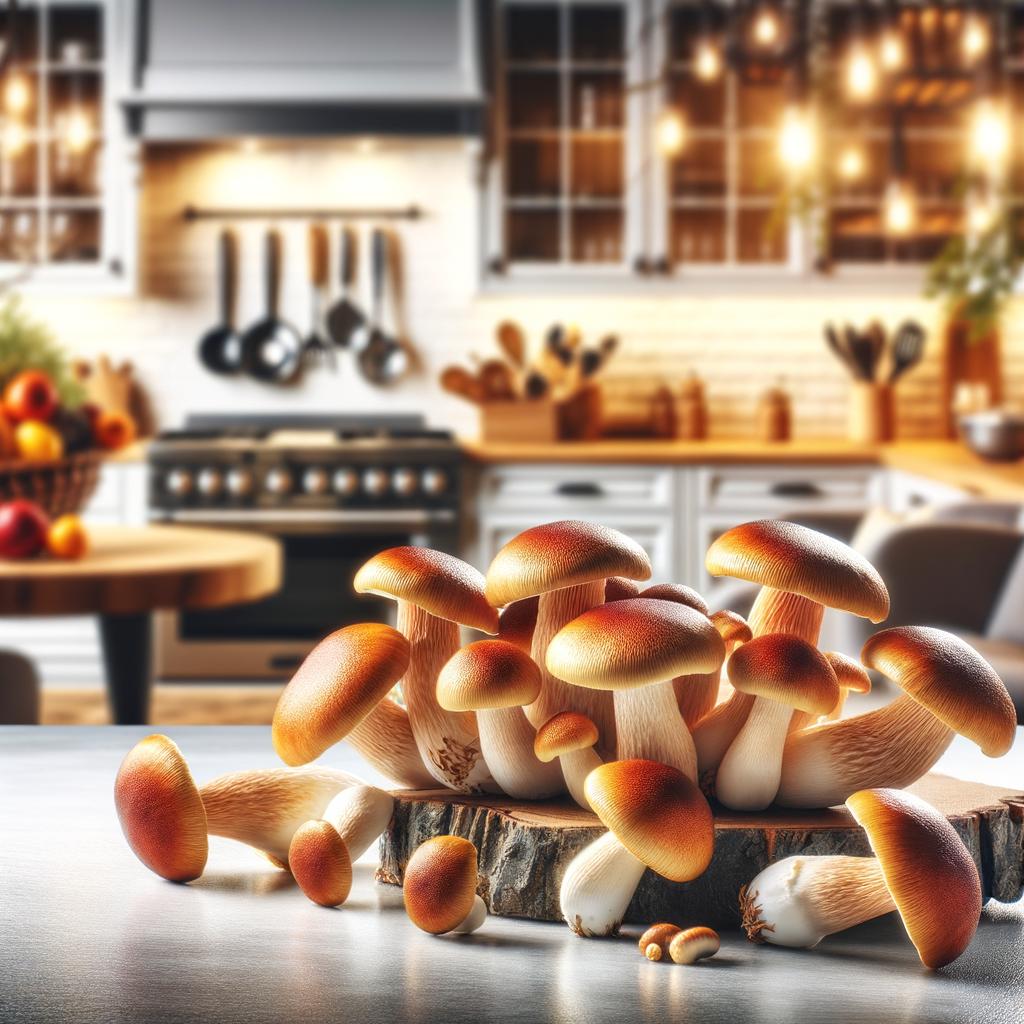Wild Mushrooms

Description
Wild mushrooms, the hidden treasures of the forest floor, are a diverse group of fungi that come in all sorts of shapes, sizes, and colors. Their appearance can range from the classic umbrella shape of the white button mushroom to the delicate frills of the oyster mushroom or the unusual, almost alien-like form of the morel. The texture of these culinary gems can vary from chewy to silky, all depending on the variety and preparation method. The flavor profile of wild mushrooms is as diverse as their appearance, from the earthy, meaty richness of porcini to the subtle, nutty taste of chanterelles. What sets wild mushrooms apart from their cultivated counterparts is their unique, intense flavors and the thrill of the hunt, as many of these varieties cannot be commercially grown.
Primary Uses
Wild mushrooms are a staple in many cuisines around the world, prized for their depth of flavor and versatility. They can be sautéed, roasted, grilled, or stewed, and are a key component in dishes ranging from Italian risottos, French stews, Japanese soups, to Russian pies. Beyond their culinary uses, wild mushrooms have also been used for medicinal purposes in traditional Chinese medicine for centuries, and are revered in many cultures for their symbolic significance, often associated with nature, life cycles, and even immortality.
History
The history of wild mushrooms is as intriguing as the fungi themselves. Evidence of mushroom consumption dates back to prehistoric times, with wild mushrooms often considered a food of the gods, a symbol of immortality, or a tool for communicating with the spiritual world. The ancient Romans adored them, while the Chinese have been using them medicinally for over 2,000 years. Their popularity has waxed and waned over the centuries, often tied to fears of poisoning, but in recent decades, there has been a resurgence in interest, with foraging for wild mushrooms becoming a popular pastime and their unique flavors celebrated in kitchens around the world.
Nutritional Information
Wild mushrooms are not just a culinary delight, they are also a nutritional powerhouse. They are low in calories, high in fiber, and packed with essential nutrients, including B vitamins, selenium, potassium, copper, and vitamin D. Some varieties, like shiitake and maitake, are also known for their immune-boosting properties. Compared to cultivated mushrooms, wild varieties often have a higher nutrient content, making them a valuable addition to any diet. However, it's important to remember that while many wild mushrooms are edible and delicious, some can be poisonous, so they should always be foraged with caution and consumed with knowledge.

